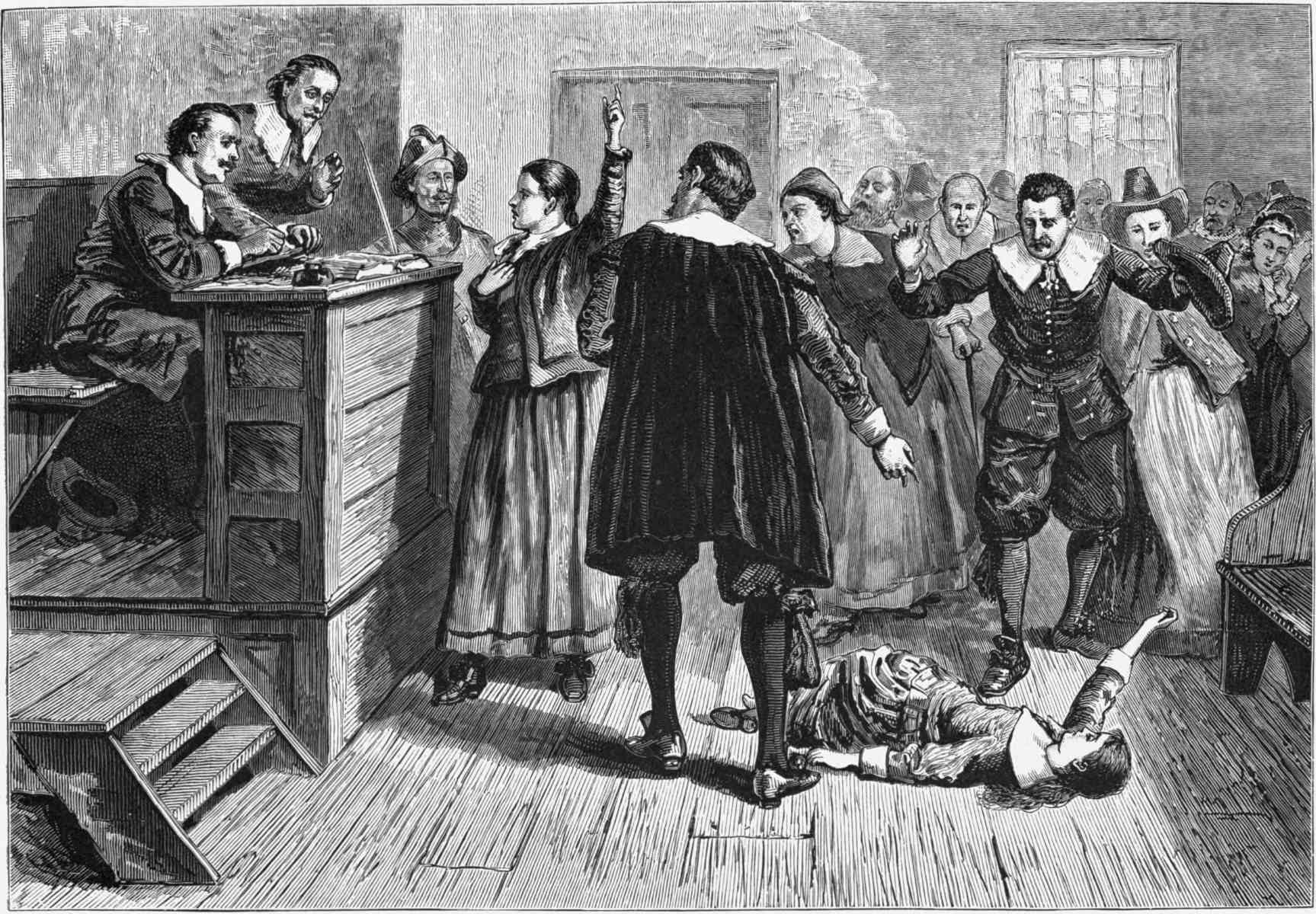
The Salem Witch Trials remain one of the most infamous episodes in American history. Taking place in 1692, these trials led to the execution of 20 people, most of them women, accused of witchcraft. But who were these victims, and what led to their tragic fate? This post dives into 35 facts about Salem Witch Trials victims, shedding light on their lives, accusations, and the hysteria that gripped a community. From the youngest accused to the bizarre evidence used against them, these facts will help you understand the human side of this dark chapter. Ready to learn more about these historical figures? Let's get started!
Key Takeaways:
- The Salem Witch Trials of 1692 led to the unjust persecution and execution of many innocent individuals accused of witchcraft, highlighting the dangers of mass hysteria and injustice in history.
- The victims of the Salem Witch Trials, including respected elders, outspoken individuals, and even children, serve as a reminder of the devastating impact of fear-driven scapegoating and the importance of justice in society.
The Salem Witch Trials: A Dark Chapter in History
The Salem Witch Trials of 1692 remain one of the most infamous events in American history. This tragic episode saw the persecution and execution of many individuals accused of witchcraft. Here are some intriguing facts about the victims of these trials.
The Accused and Their Stories
Many people were accused of witchcraft during the Salem Witch Trials. Their stories reveal much about the fears and beliefs of the time.
- Bridget Bishop was the first person executed during the trials. She was known for her flamboyant lifestyle and previous accusations of witchcraft.
- Sarah Good, a homeless woman, was one of the first three women accused. Her social status made her an easy target.
- Rebecca Nurse, a respected elderly woman, was accused despite her pious reputation. Her conviction shocked many in the community.
- Giles Corey was pressed to death with heavy stones for refusing to enter a plea. His last words were reportedly, "More weight."
- Martha Corey, Giles Corey's wife, was also accused and executed. Her outspoken nature and skepticism of the trials made her a target.
- Tituba, an enslaved woman from the Caribbean, was one of the first to be accused. Her confession fueled the hysteria.
The Trials and Executions
The trials were marked by hysteria, fear, and a lack of proper legal procedures. Many victims suffered greatly before their deaths.
- George Burroughs, a former minister, was hanged despite reciting the Lord's Prayer perfectly, which was believed to be impossible for a witch.
- John Proctor, a wealthy farmer, was vocal in his opposition to the trials. His entire family was accused, and he was eventually executed.
- Elizabeth Howe was accused by neighbors who had longstanding grudges against her. She was hanged in July 1692.
- Susannah Martin had been accused of witchcraft before the trials. Her previous accusations were used against her, leading to her execution.
- Sarah Wildes was accused by her stepchildren, who had a contentious relationship with her. She was executed in July 1692.
- Mary Eastey, Rebecca Nurse's sister, was executed despite a petition signed by 39 people attesting to her innocence.
The Aftermath and Legacy
The aftermath of the Salem Witch Trials left a lasting impact on the community and American legal history.
- Ann Pudeator, a widow, was accused and executed. Her property was coveted by her accusers.
- Alice Parker was accused by her neighbors and executed. Her husband was also accused but survived.
- Margaret Scott, an elderly widow, was executed in September 1692. Her poverty made her a target.
- Wilmot Redd was known for her abrasive personality. She was executed in September 1692.
- Samuel Wardwell confessed to witchcraft under duress but later recanted. He was executed in September 1692.
- Mary Parker was accused and executed despite her pleas of innocence.
The Innocent Suffer
Many of those accused were innocent people caught up in the hysteria. Their stories highlight the dangers of mass panic and scapegoating.
- Martha Carrier was accused by her own children, who were coerced into testifying against her. She was executed in August 1692.
- Abigail Hobbs, a teenager, confessed to witchcraft but later recanted. She was imprisoned but survived the trials.
- Dorcas Hoar confessed to witchcraft and was sentenced to death, but her execution was delayed and she eventually received a reprieve.
- Mary Bradbury, an elderly woman, was convicted but managed to escape execution, possibly with the help of friends.
- Elizabeth Proctor, John Proctor's wife, was pregnant at the time of her conviction, which delayed her execution. She was eventually released.
- Sarah Osborne, one of the first three women accused, died in prison before she could be tried.
The Trials' End and Reflection
The trials eventually ended, but not before many lives were lost. The events led to changes in the legal system to prevent such tragedies from happening again.
- Ann Foster confessed to witchcraft under torture and died in prison.
- Lydia Dustin was convicted but died in prison before she could be executed.
- Roger Toothaker, a folk healer, died in prison awaiting trial.
- Sarah Churchwell was accused and imprisoned but survived the trials.
- Elizabeth Johnson Jr. confessed to witchcraft but was never executed. She was eventually released.
- Dorothy Good, Sarah Good's four-year-old daughter, was imprisoned and traumatized by the experience.
The Legacy of the Victims
The legacy of the Salem Witch Trials victims serves as a reminder of the dangers of hysteria and injustice.
- Mary Black, an enslaved woman, was accused but survived the trials.
- Candy, another enslaved woman, was accused but also survived.
- Sarah Cloyce, Rebecca Nurse's sister, was accused but eventually released.
- Mary Post was accused and imprisoned but survived.
- Elizabeth Booth, a young girl, was one of the accusers but later recanted her testimony.
Reflecting on the Salem Witch Trials
The Salem Witch Trials remain a dark chapter in history, marked by fear, superstition, and injustice. These trials led to the execution of 20 innocent people and the imprisonment of many others. Understanding the facts about the victims helps us remember the human cost of mass hysteria and prejudice.
By learning about these events, we can better appreciate the importance of due process and rational thinking in our own time. The stories of those who suffered remind us to question unfounded accusations and to stand up against injustice.
The Salem Witch Trials serve as a powerful reminder of the dangers of fear and ignorance. Let's honor the victims by ensuring that such tragedies never happen again.
Frequently Asked Questions
Was this page helpful?
Our commitment to delivering trustworthy and engaging content is at the heart of what we do. Each fact on our site is contributed by real users like you, bringing a wealth of diverse insights and information. To ensure the highest standards of accuracy and reliability, our dedicated editors meticulously review each submission. This process guarantees that the facts we share are not only fascinating but also credible. Trust in our commitment to quality and authenticity as you explore and learn with us.


